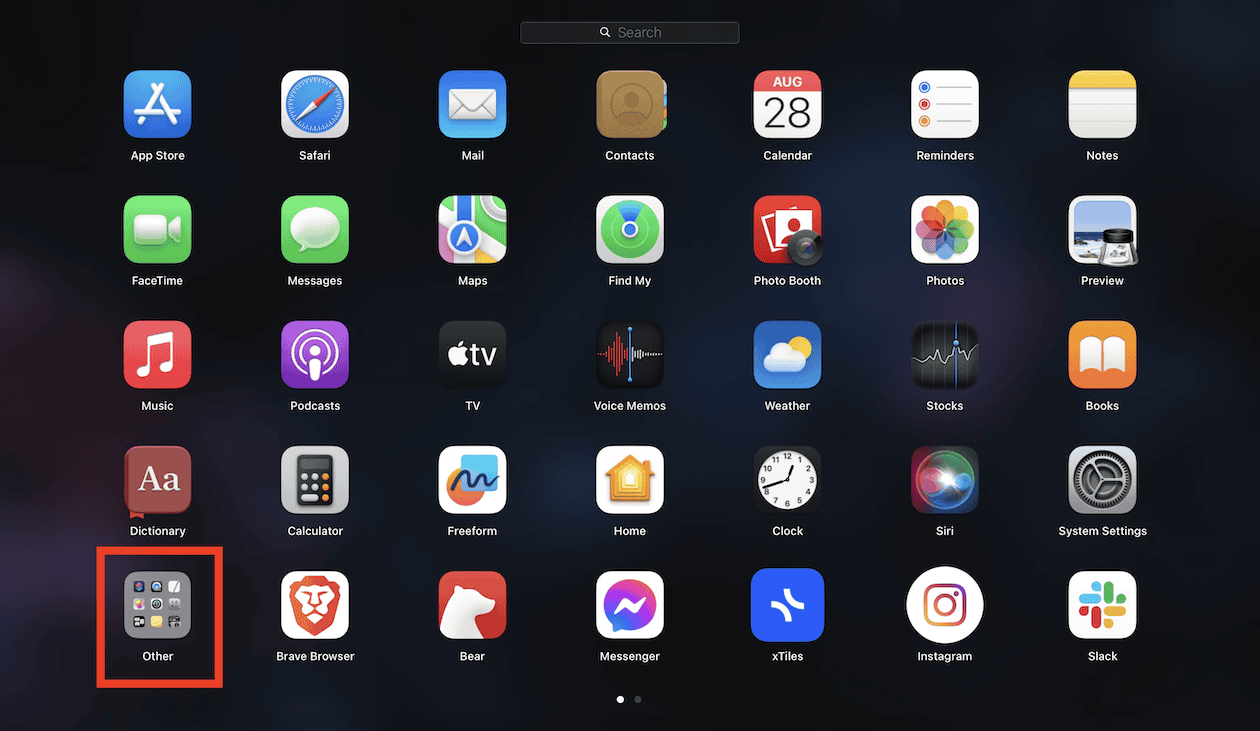You may have experienced an error during an OS X reinstall. Some reasons include an unstable internet connection, minimal storage space on your Mac, or downtime on Apple’s servers. However, there may be other software-related factors at play. I’ve looked up some solutions to address the reinstall errors. Here’s what you can try.
5 Solutions for Error During Reinstall OS X
1. Install OS X from Recovery Mode
As its name suggests, Recovery Mode is your Mac’s built-in self-repairing system. It allows you to check for any problems on your device, recover from Time Machine, or downgrade your operating system.
On an Apple Silicon Mac
Time needed: 1 minute
Reinstalling your OS via Recovery Mode differs depending on the type of Mac you use. Here’s how you can activate Recovery Mode on Apple Silicon or your Intel-based Mac. Follow the steps below:
- Shut down your Mac completely.
- Press and hold the power button until the Options button and system volume appear onscreen.
- Select the Options button, then click Continue.
- Choose a volume to recover. Click Next.
- Select your administrator account, and click Next.
- Enter your admin password.
- Once your Apple silicon Mac is in Recovery Mode, a window should pop up with the option to reinstall your operating system. Choose the option to Reinstall macOS Sonoma.
Image credit: Apple - Click Continue.
- Enter your administrator password.
- You might be asked to install between Macintosh HD or Macintosh HD – Data. Select Macintosh HD.
On an Intel-based Mac
- Restart your Mac.
- While your Mac is restarting, immediately press Command-R or Option-Command-R to jumpstart Recovery Mode.
- Select the volume you want to recover, then click Next.
 NOTE
NOTE
To exit Recovery Mode, all you need to do is restart your Mac as usual.
2. Use Your MacBook’s Built-in Keyboard or a Wired Keyboard
If you use an external Bluetooth keyboard with your Mac, you should disconnect it while you reinstall your new OS. Instead, you’ll have to use your MacBook’s built-in keyboard or a wired one in the meantime.
3. Manually Adjust Your Mac’s Date and Time on Terminal
You may have trouble reinstalling your OS because your Mac’s date and time settings may not be synced with Apple’s server. Adjusting them on System Settings won’t do; you’ll have to tweak the settings manually. Here’s how:
- Boot your Mac in Recovery Mode.
- From Utilities, open Terminal.
- Set your date and time with the command:
date (month)(day)(hour)(minute)(year).Make sure to remove the parentheses.
So, 6 PM of August 29th 2024 should look like this: - Press Return.
4. Repair Your Startup Disk With Disk Utility
Disk Utility checks for any errors on your Mac’s storage, such as corrupted files, external devices not functioning properly, or if your Mac can’t start up properly.
- From Launchpad, click Other.
- Select Disk Utility.
- Click on the volume you’d like to check, and select First Aid.
- Select Run.
- Click on Continue.
- Wait for First Aid to run. Once it’s finished, click on Done.
5. Restore Your Mac to Factory Settings
If the solutions above don’t work, you may need to erase all content and settings on your Mac. Restoring your Mac to factory settings also reinstalls the latest OS update.
To do this, navigate to System Settings > General > Transfer or Reset > Erase All Content and Settings. Don’t forget to back up all your files on iCloud, Time Machine so you can still access them.
Reach out to Apple Support if you’re still having trouble with OS installation. You can also check out this guide to fix the “Recovery Server Could Not Be Contacted” error.










